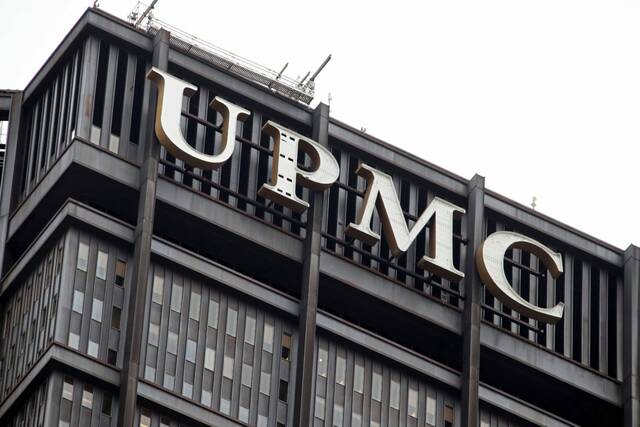Alex Wallach-Hanson and Dr. Stephen Herzenberg: Elephant in the room — Pittsburgh’s 'big 5' nonprofits pay $0 in property taxes
Like cities across the country, Pittsburgh faces lost revenue with American Rescue Plan (ARP) dollars running out this year and a plunge in office building occupancy rates and commercial property values resulting from the post-covid spike in teleworking. As the city considers its response to this one-two punch, leaders must recognize that building a “Pittsburgh for all” does not happen if our largest and fastest growing industries continue sitting on the sidelines.
There has been increasing pressure from the developers of downtown office buildings to respond to this crisis by creating new tax abatements for downtown office buildings. There is a growing narrative around “stopping the bleeding” of downtown office buildings being reassessed at lower property values.
To be sure, the potential revenue losses Pittsburgh faces are real. By some estimates, declining property tax values, drying up of ARP funds and the potential loss of facility usage fees could cost the city coffers nearly $17 million in 2024.
But while Pittsburgh’s downtown real-estate industry has taken a hit, two other industries, health care and education, continue their rapid growth, including UPMC’s $2 billion expansion in Uptown and Oakland CMU’s $252 million R.K. Mellon Hall development in Oakland.
And yet even with this massive growth, Pittsburgh’s “Big 5” tax-exempt nonprofits — UPMC, AHN/Highmark, Duquesne University, Carnegie Mellon University and the University of Pittsburgh — continue to game the system, bringing in billions in revenue and paying a fraction of what they should in taxes.
The news isn’t all bad, though. If our largest and fastest growing industries contributed fairly to city revenues, as they do in many other cities, Pittsburgh could make up for the revenue we are losing due to the decline in commercial real estate property values.
According to a city and county controllers’ report in 2022, getting just the “Big 5” to pay their fair share could net up to $34.5 million in PILOT (Payments in Lieu of Taxes) payments. This model has been successful in other cities, including Boston, where collective PILOT payments equal $92.4 million in additional revenue. Providence, R.I., has also instituted a PILOT payment model, with a recent agreement increasing payments from $93 million to $223 million over the next 20 years. And while PILOT programs have proven their value across the country — and would do the same in Pittsburgh to begin addressing the city’s immediate revenue needs — nonprofits paying what they truly owe is still the top priority.
Every elected official in Pittsburgh and Allegheny County — from Mayor Ed Gainey and County Executive Sara Innamorato to Pittsburgh’s City Council and Pittsburgh Public Schools Board — have a responsibility to respond to this moment of economic uncertainty not with panic, but with clarity on what it takes to build a city in which everyone thrives. And yes, that means addressing the issue of downtown property tax assessments. But it also means doing the hard work of making sure that every industry in our region is contributing to our tax base so that the burden does not fall on downtown service workers, seniors or our public schools.
Simply put, Pittsburgh cannot be “The Most Livable” for all without adequate revenue, fairly collected. Our region’s fastest growing and largest industries need to step up and start being part of the solution. A good start would be Pittsburgh’s largest hospital and education nonprofits paying their fair share so we can truly build a city for all.
Alex Wallach-Hanson is executive director of Pittsburgh United. Dr. Stephen Herzenberg is executive director of the Keystone Research Center.
Remove the ads from your TribLIVE reading experience but still support the journalists who create the content with TribLIVE Ad-Free.

